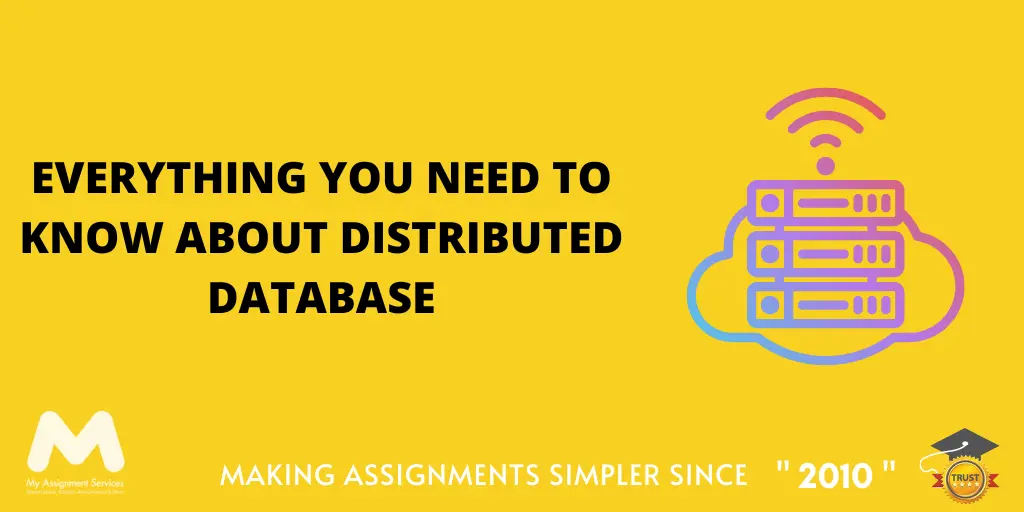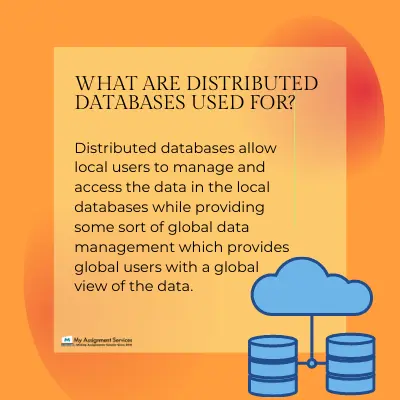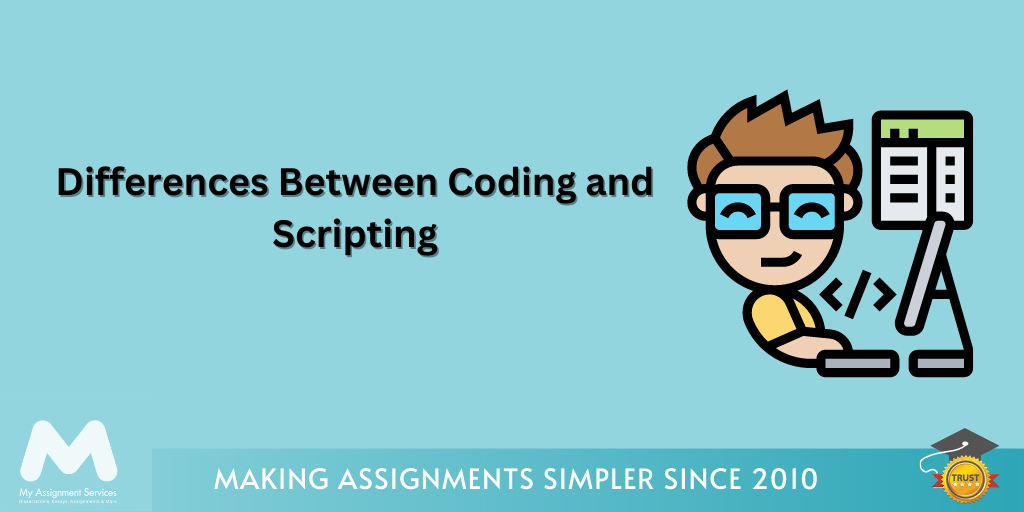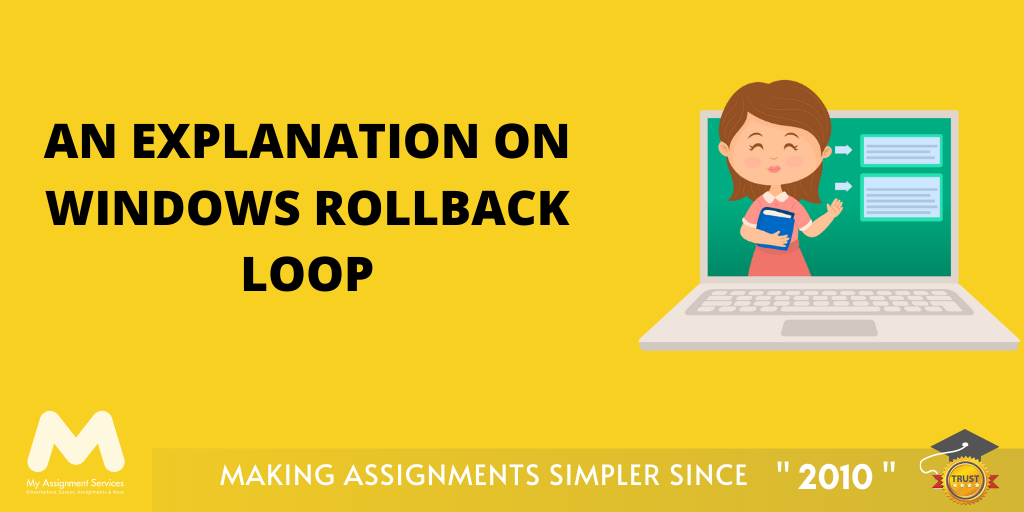Everything You Need to Know About Distributed Database

A distributed database is a type of database where data is distributed across multiple servers. This can be done for performance reasons, to improve scalability, or to provide redundancy in the event of a failure. One common use case for a distributed database is to create a replica of the data on multiple servers. This can help improve performance and ensure that the data is available even if one of the servers fails. Another common use case is to partition the data across different servers. This can improve scalability by allowing more transactions to be processed at once. It can also help reduce contention for resources, such as CPU or memory.
Distributed databases can also be used to replicate data between different data centers. This can help improve availability in the event of a disaster. It can also help improve performance by allowing the end-users to access the data closer to them.

What are Distributed Database Architectures?
There are a number of different distributed database architectures, including peer-to-peer where each server is equal and there is no central authority. This can be useful for applications that need to be highly available or that need to scale out across many servers.
Client/server: In a client/server architecture, a central server manages the data and clients that access it. This can be useful for applications that need high performance or that require strong security guarantees.
Master/slave: A single master server manages the data and one or more slave servers that replicate the data from the master. This can be useful for applications that need high availability or that require strong security guarantees.
Multi-master: Each server can act as a master and manage its own set of data in a multi-master architecture. This can be useful for applications that need to scale out across many servers.
NoSQL databases
NoSQL databases do not follow the relational model, rather they often distribute their data across multiple servers to improve scalability. Document databases: A document database is a type of NoSQL database that stores structured documents rather than tables/rows/columns like in a relational database. This can be useful for applications that need to store unstructured data or manage hierarchical relationships between records. Graph databases: A graph database (sometimes called an "edge-labeled" network) is similar to the document form of NoSQL databases, but it uses edges instead of nested documents and attributes instead of labels on those edges. This can make them more efficient when working with linked data sets. They also allow traversals much like SPARQL.

Hybrid Distributed Database Architectures
A hybrid distributed database architecture is a type of distributed database system that incorporates centralized and decentralized systems features. A hybrid system can provide the advantages of both models while avoiding the disadvantages of either. In a centralized system, all data is stored in a single location, usually a server or cluster of servers. This allows for easy access and faster data retrieval, but the accuracy of the data depends on this server remaining functional and secure. Distributed systems place information in multiple servers, which helps to ensure the integrity and availability of the stored data through redundancy. A hybrid system uses both concepts. It distributes data over multiple sites while centralizing some control processes on a single site or server. This allows for the benefits of both models while minimizing their disadvantages.
One advantage of using a hybrid system is that it can provide faster access to data. The centralized portion of the system can provide faster access to data because all of the data is located in a single location. The distributed portion of the system can provide faster access to data because it can take advantage of parallel processing (i.e., multiple processors running simultaneously) when retrieving data simultaneously from several different servers instead of just one. This contrasts with a purely distributed system, in which the time needed for retrieval is limited by the speed at which each individual server can retrieve its information. The use of multiple servers also helps to ensure the integrity of the data at the distributed sites.
Different ways to Distribute Data
There are a few different ways to distribute data. One way is to store the data on a central server and allow access to the data from anywhere in the world. This is often called a "server-based system". Another way to distribute data is to store it on multiple computers around the world and allow access to it from anywhere. This is called a "peer-to-peer" or "P2P" system, and each node in the network will be capable of storing and giving data to other nodes.
Features
A server-based system usually provides more security than a P2P system because it does not rely on the security of individual nodes. However, a P2P system can be more resilient to outages because the data is still available from other nodes if one node goes down.
Applications
Server-based systems are used for many different applications, such as online banking and e-commerce. P2P systems are often used for file sharing and downloading copyrighted media.
What are the Benefits of Using a Distributed Database?
There are a number of benefits to using a distributed database, explained by Information technology assignment help mentors:
- Increased performance and scalability: A distributed database can improve performance and scalability by distributing the data across multiple servers. This is especially useful for applications that need to handle large amounts of data or that need to scale up as their user base grows.
- Improved availability: By spreading the data across multiple servers, a distributed database can help improve availability in the event of a server failure. This can help reduce or eliminate downtime for the application.
- Redundancy: A distributed database can provide redundancy in case of a server failure by replicating data across multiple servers. This can help ensure that the data is always available even if one or more servers fail. even if one or more servers fail.
- Increased flexibility: A distributed database can be more flexible than a traditional single-server database, allowing the data to be partitioned and organized to meet the application's needs best. This can help improve performance and scalability.
- Reduced complexity: A distributed database can help reduce the complexity of building and maintaining a database system. By distributing the work across multiple servers, the load on each server is reduced, making it easier to build and maintain a large database system.
- Improved manageability: A distributed database can make it easier to manage and administer the data by providing a standard interface for accessing the data. This can help reduce the workload on IT staff.
HD Grades is Possible Now. Check How!
A distributed database is a system in which a single instance of a database covers multiple servers and multiple sites. A distributed database can help improve performance, scalability, availability, and manageability when compared to a traditional single-server database.
Information technology assignment help sessions from My Assignment Services can get you access to qualified experts who will assist you with your IT assignments. The experts are here to make sure that all the students' tasks are completed on time and efficiently. So, if IT projects have been stressing out any one student or group, don't hesitate to enrol in our 1:1 session! When you are in need of assistance with your IT assignment, there is no better place to go than our educators. Hurry up! Fill out the form and enroll now.
Related Study Materials
Our Experts can answer your Assignment questions instantly.
Ask Question0 Comment
![]()









Loved reading this Blog? Share your valuable thoughts in the comment section.
Add comment